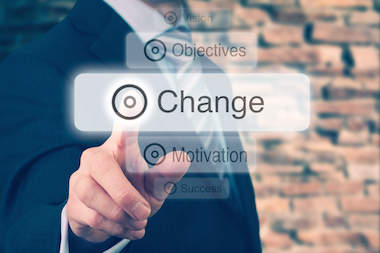In our last Blog Post we highlighted the importance of Attitude and how your attitude can be a realistic indicator of your success rather than your IQ.
Psychologist Carol Dweck has put forward the idea that the view that you adopt from your own perspective profoundly impacts on the way you carry on right throughout your life. Dweck referred to this as Mindset and is based on two constructs the Fixed Mindset and the Growth Mindset.
Mindset is defined as to how you interpret your abilities, strengths and weaknesses. If we look at the Fixed Mindset it can often be an “all or nothing approach”, you look at everything in absolute terms either black or white…..a very Fixed Mindset.
The Fixed Mindset can lead one to believe that you have an inbuilt natural talents and therefore you are what comes naturally and what you achieve through these talents .Think of all the friends you encountered in your life, some progressed to participating at a very high level in sport and business while others who showed very high levels of natural ability when they were young but somehow were unable to commit, to learn and to develop their seemingly natural talents.
On the other hand think of the individuals who participated at the highest levels in their chosen sport or careers through hard work and application, did they increase their fitness and skill levels to attain their goals? It’s very likely that these individuals had a Growth Mindset and they firmly believed that they could improve with personal application. The Mindset approach covers our attitude to work, to life and to the challenges we face day in day out.
So have you ever been held back by a Fixed Mindset? The research suggests that when we face challenges we default to a Fixed Mindset or a Growth Mindset. So complete the following exercise (Part 1 & Part 2) and then retrospectively observer the difference in your approach, attitude and mindset.
If you can change the Viewing then maybe you too can change the Doing.
Part I:
Identify a problem that you have or have had in the past.
Approach the problem by applying the following Questions.
- So what is the problem?
- What happened?
- What is the root cause?
- Who is to blame?
- What have you tried to do to fix it?
- Why is this still a problem?
- How can you stop this from happening again?
Debrief: What did you notice about your behaviour and your attitude in dealing with the questions.
Part 2:
Identify a problem that you have or have had in the past.
Approach the problem by applying the following Questions.
- So how would you like the situation to be?
- What will it take to get what you want?
- What resources do you need?
- What resources do you already have?
- What small steps can you take toward solving the problem?
- How far have you come already?
Debrief: What did you notice about your behaviour and your attitude in dealing with the questions.
In what way did it differ from the first discussion?
So are you going to?
Embrace or Avoid Challenges.
Give up easily, be discouraged or be Persistent.
Ignore criticism or Learn from it.
Feel threatened by others success or find lessons in others success.
Look with Problem or a Solution focus.

